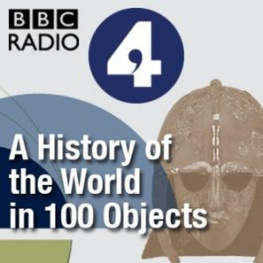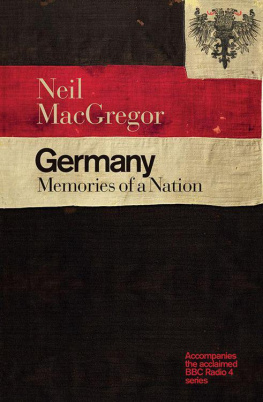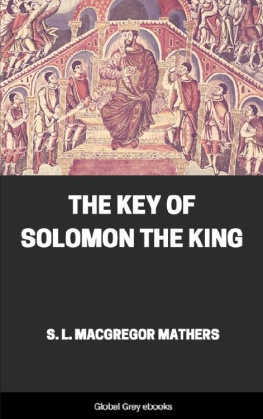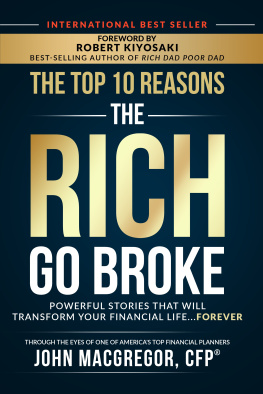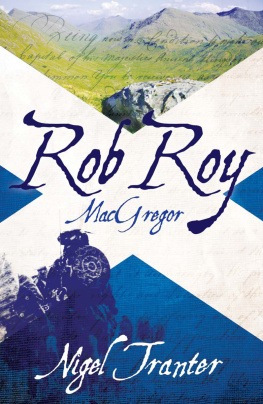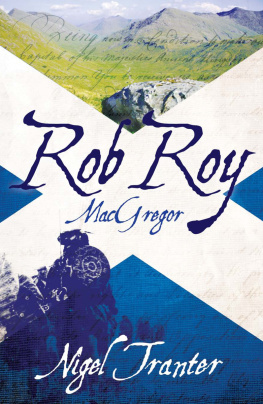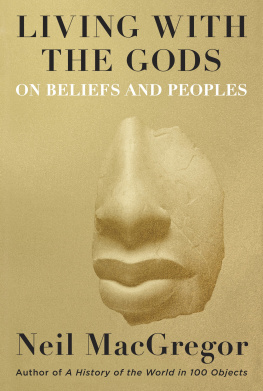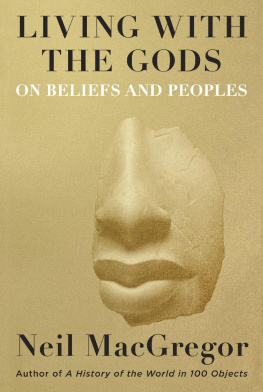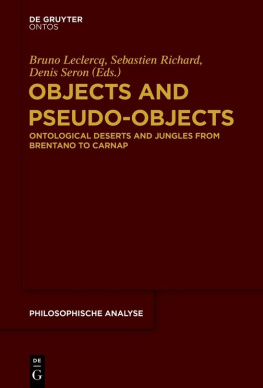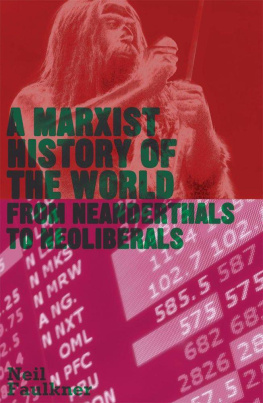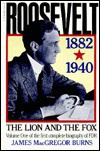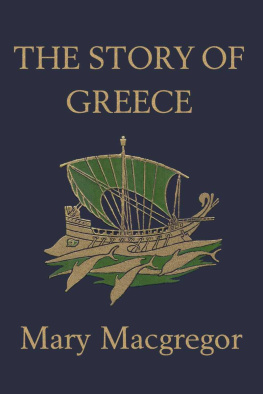Neil MacGregor - A History Of The World In 100 Objects - BBC Transcript
Here you can read online Neil MacGregor - A History Of The World In 100 Objects - BBC Transcript full text of the book (entire story) in english for free. Download pdf and epub, get meaning, cover and reviews about this ebook. publisher: BBC, genre: History. Description of the work, (preface) as well as reviews are available. Best literature library LitArk.com created for fans of good reading and offers a wide selection of genres:
Romance novel
Science fiction
Adventure
Detective
Science
History
Home and family
Prose
Art
Politics
Computer
Non-fiction
Religion
Business
Children
Humor
Choose a favorite category and find really read worthwhile books. Enjoy immersion in the world of imagination, feel the emotions of the characters or learn something new for yourself, make an fascinating discovery.
- Book:A History Of The World In 100 Objects - BBC Transcript
- Author:
- Publisher:BBC
- Genre:
- Rating:4 / 5
- Favourites:Add to favourites
- Your mark:
- 80
- 1
- 2
- 3
- 4
- 5
A History Of The World In 100 Objects - BBC Transcript: summary, description and annotation
We offer to read an annotation, description, summary or preface (depends on what the author of the book "A History Of The World In 100 Objects - BBC Transcript" wrote himself). If you haven't found the necessary information about the book — write in the comments, we will try to find it.
A History Of The World In 100 Objects - BBC Transcript — read online for free the complete book (whole text) full work
Below is the text of the book, divided by pages. System saving the place of the last page read, allows you to conveniently read the book "A History Of The World In 100 Objects - BBC Transcript" online for free, without having to search again every time where you left off. Put a bookmark, and you can go to the page where you finished reading at any time.
Font size:
Interval:
Bookmark:
Status Symbols (1200 - 1400 AD)
Mummy of Hornedjitef (third century BC). A wooden coffin from Thebes, Egypt
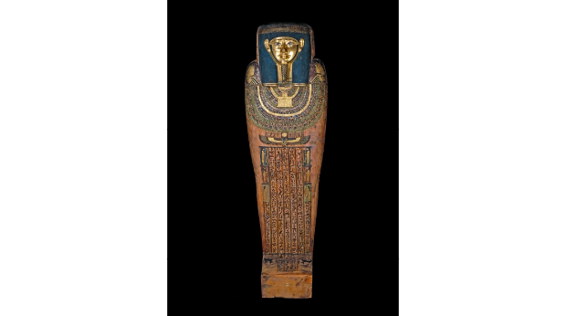
The sound of the past is in fact the sound of a ghost, it's a haunting magnetic pulse -which is all that's left of a mighty star that we can still hear today, thanks to the Centre for Astrophysics at Jodrell Bank. The explosion that killed this star was so intense, that it was seen in broad daylight across Europe, North America and China in the summer of the year 1054; at least that's what the year was called in Europe. So what was our world up to, when men and women, however they counted the years, were gazing up to the heavens at this dying star, which they could see and we can still hear? What were they doing, making, thinking? Well, a thousand years ago in America, pyramids are taking shape on the Mississippi river; the world's first bank notes are circulating in China; a magnificent Baghdad is the largest city in the world; in West Africa, Ghana rules a vast empire and, on a chilly island in northern Europe, there's a nasty surprise on the horizon for a king called Harold.
In these programmes, I'm travelling back in time and across the globe, to see how we humans, over two million years, have shaped our world, and been shaped by it. And I'm going to tell this story exclusively through the 'things' that humans have made ... all sorts of 'things', carefully designed and then either admired and preserved or used, broken and thrown away. I've chosen just a hundred objects from different points on our journey -from a cooking pot to a golden galleon, from a Stone Age tool to a credit card, and in each programme I'm going to be talking about one object from the British Museum's collection.
'When I see it, I immediately think of the mastery of technology and art, the welding of the two ...' 'I just thought it was beautiful to look at, that it made me feel that it was used, and used again and again ...' 'It's a beautiful object, and it's fascinating, of course, because it's probably quite accurate ...' 'Holding this I can feel what it was like to be out on the African savannahs ...'
We will get to the very beginning of human history, but I'm not going to start there because I want to begin with the mummies -which is where I began when I first came through these doors into the British Museum in 1954 at the age of eight, and I think that's where most people begin when they first visit a museum. It's a pretty safe bet that most of the children you can hear round about me are also headed for the Egyptian mummies. What fascinated me then was the mummies themselves, the thrilling gruesome thought of the dead bodies, but I'm now much more interested in the mummy cases - and I've chosen one particular mummy case for this opening programme, because it carries all the different kinds of messages across the millennia, signals from the past if you like, that 'things' can communicate to us, and that I'm going to be looking for in all the objects in this series.
Telling history through things, whether it's a mummy's coffin or a credit card, is what museums are for and, because the British Museum has collected things from all over the globe, it's not a bad place to try to tell a world history. Of course it can only be 'a' history of the world, not 'the' history. When people come to the museum, they choose their own objects and make their own journey round the world and through time, but I think what they will find, is that their own histories quickly intersect with everybody else's -and when that happens, you no longer have a history of a particular people or nation, but a story of endless connections. Nobody has thought more deeply about this than the Indian economist and Nobel Prize winner Amartya Sen:
'I think what is really very important to recognise is that, when we look at the history of the world, we're not looking at the history of different civilisations truncated and separated from each other. They've a huge amount of contact with each other, there is a kind of inter-connectedness. So I've always felt, not to think of the history of the world as a history of civilisations, but as a history of world civilisations evolving in often similar, often diverse ways, always interacting with each other. And this is a very different view from the clash of civilisations to which we were exposed some years ago, as a way to understand enmity in the world. Enmity has not been the general condition of the relationship between people across the world in history.'
Most of us I think, if we come back to a museum that we visited as a child, have the sense that we've changed enormously, while the things have remained serenely the same, but of course they haven't. Thanks to constant research and to new scientific techniques, what we can know about them is constantly growing. Let's look at one of the most impressive mummy cases in the British Museum. It was made around 240 BC for a high-ranking Egyptian priest called Hornedjitef. There's a massive black outer case in the shape of a human body, there's an elaborately decorated inner case, and then the mummy itself. Everything we know about Hornedjitef, we know from this group of things. He is his own document if you like, and it's a document that continues to give up its secrets. My colleague, John Taylor, has been researching the mummies in the British Museum for over 20 years - I asked him what we have learnt about Hornedjitef since he came to the British Museum:
'When he arrived at the Museum in 1835, the hieroglyphic script had only just been deciphered, so the first step forward was to read all the inscriptions on his coffins, which told us who he was, what his job was, and something about the religious background that he knew.'
He was a priest in the Temple of Karnak around 250 BC. Like all Egyptians, he believed that if his body was preserved, he would live beyond death, but before reaching the afterlife, he would have to undertake a hazardous journey, for which he needed to prepare with the utmost care. So he took with him charms, amulets and spells for every eventuality. On the lid of his inner coffin, he even had painted a map of the heavens stretched out above him as an aid to navigation. Hornedjitef has, in fact, commissioned his own personal firmament and time-machine. This elaborate coffin will let him travel through both time and space, and all this meticulous preparation on his part has allowed us to travel in the opposite direction, back to him and to his world.
'In the last 20 years, there have been huge steps forward in ways of gathering information. So we're now looking at the condition of the bodies non-invasively, just by scanning them. We can examine the teeth in great detail, look at the wear and the dental disease that they suffered from, we can look at the bones, we can see now that Hornedjitef had arthritis in his back which must have been very painful for him.' (John Taylor)
But the scientific advances of the last couple of decades have allowed us to find out about a great deal more than Hornedjitef's bad back. If the words on his coffin tell us about his place in society and what that society believed about life after death, the new scientific techniques let us go one stage further -to analyse the materials with which mummies and coffins were made, and to see how Egypt was connected to the world round about it.
'But we can also look at substances that are being used in mummification, we can test them, we can look at the chemical composition of them to find out what materials were being used - maybe now we can look at where they were coming from. We can compare these chemical make-ups with substances found in different parts of the Mediterranean, and begin to reconstruct the trading networks that supplied these things to Egypt. Some of the mummies have bitumen -the black tarry substance -on the surface and, by analysing the composition, it's possible to track it to its source -some of it we know came from the Dead Sea. So, all of this now is filling in these gaps which the texts don't really tell us about.' (John Taylor)
Next pageFont size:
Interval:
Bookmark:
Similar books «A History Of The World In 100 Objects - BBC Transcript»
Look at similar books to A History Of The World In 100 Objects - BBC Transcript. We have selected literature similar in name and meaning in the hope of providing readers with more options to find new, interesting, not yet read works.
Discussion, reviews of the book A History Of The World In 100 Objects - BBC Transcript and just readers' own opinions. Leave your comments, write what you think about the work, its meaning or the main characters. Specify what exactly you liked and what you didn't like, and why you think so.

